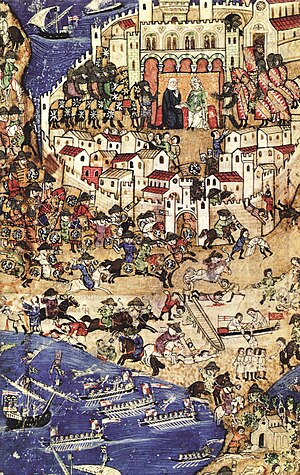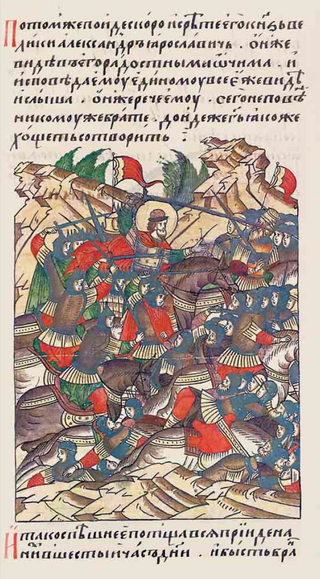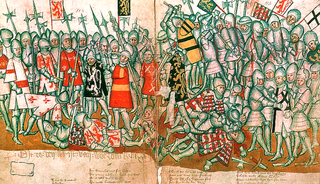This article needs additional citations for verification .(August 2017) |
| Millennium: | 2nd millennium |
|---|---|
| Centuries: | |
| Decades: | |
| Years: |
| 1289 by topic |
|---|
| Leaders |
| Birth and death categories |
| Births – Deaths |
| Establishments and disestablishments categories |
| Establishments – Disestablishments |
| Art and literature |
| 1289 in poetry |
| Gregorian calendar | 1289 MCCLXXXIX |
| Ab urbe condita | 2042 |
| Armenian calendar | 738 ԹՎ ՉԼԸ |
| Assyrian calendar | 6039 |
| Balinese saka calendar | 1210–1211 |
| Bengali calendar | 696 |
| Berber calendar | 2239 |
| English Regnal year | 17 Edw. 1 – 18 Edw. 1 |
| Buddhist calendar | 1833 |
| Burmese calendar | 651 |
| Byzantine calendar | 6797–6798 |
| Chinese calendar | 戊子年 (Earth Rat) 3986 or 3779 — to — 己丑年 (Earth Ox) 3987 or 3780 |
| Coptic calendar | 1005–1006 |
| Discordian calendar | 2455 |
| Ethiopian calendar | 1281–1282 |
| Hebrew calendar | 5049–5050 |
| Hindu calendars | |
| - Vikram Samvat | 1345–1346 |
| - Shaka Samvat | 1210–1211 |
| - Kali Yuga | 4389–4390 |
| Holocene calendar | 11289 |
| Igbo calendar | 289–290 |
| Iranian calendar | 667–668 |
| Islamic calendar | 687–688 |
| Japanese calendar | Shōō 2 (正応2年) |
| Javanese calendar | 1199–1200 |
| Julian calendar | 1289 MCCLXXXIX |
| Korean calendar | 3622 |
| Minguo calendar | 623 before ROC 民前623年 |
| Nanakshahi calendar | −179 |
| Thai solar calendar | 1831–1832 |
| Tibetan calendar | 阳土鼠年 (male Earth-Rat) 1415 or 1034 or 262 — to — 阴土牛年 (female Earth-Ox) 1416 or 1035 or 263 |

Year 1289 ( MCCLXXXIX ) was a common year starting on Saturday of the Julian calendar.














